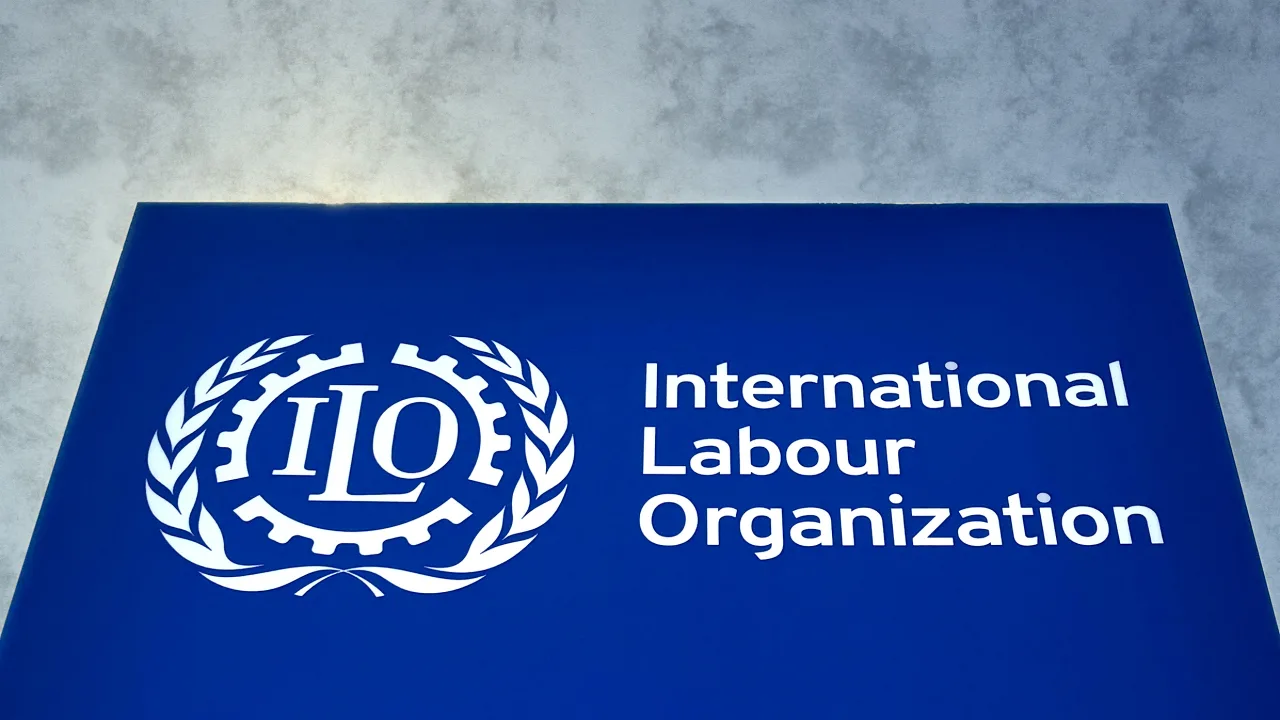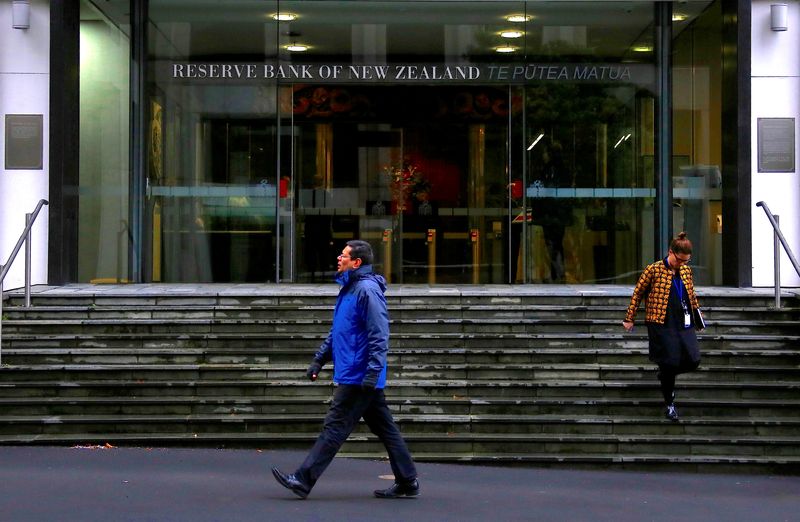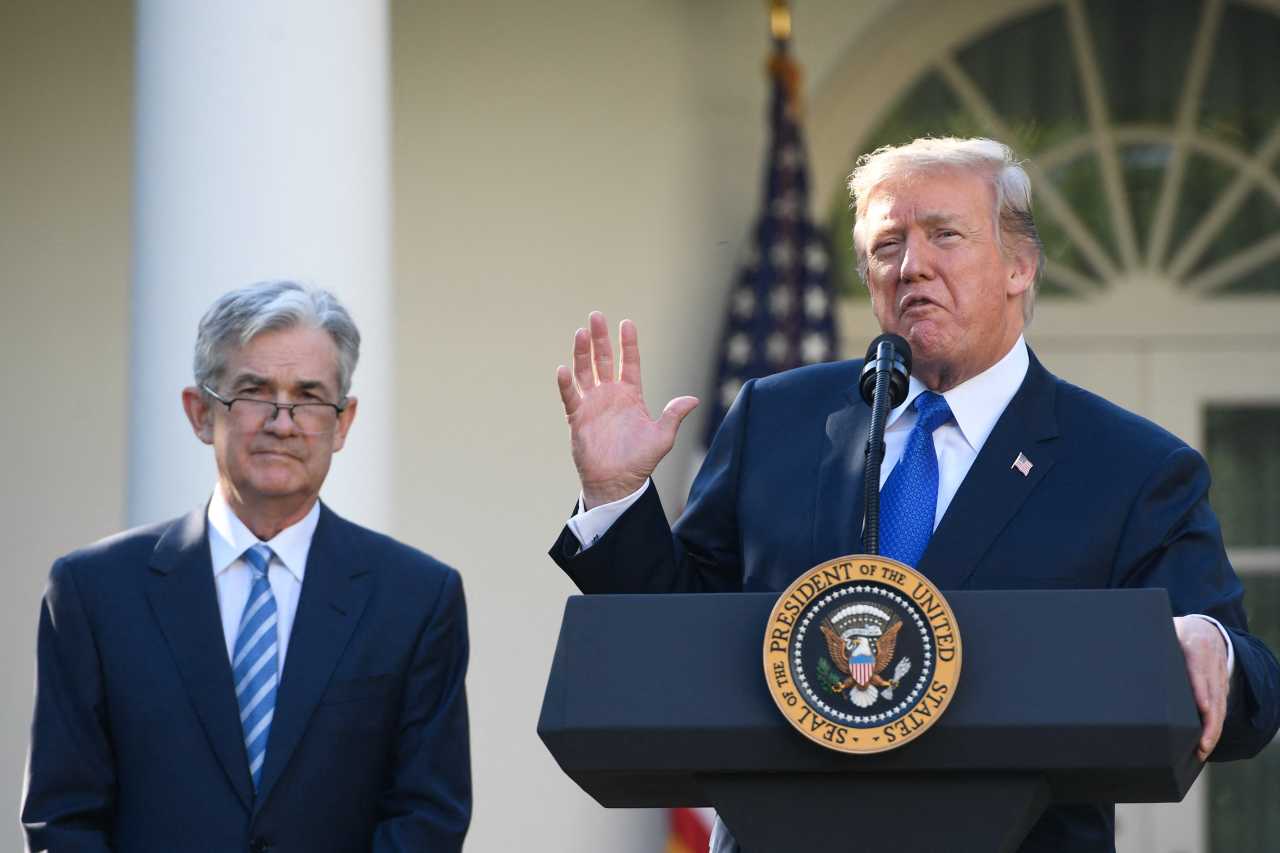The trade war will cost 7 million jobs in 2025, according to a UN report. Here’s the breakdown
The International Labor Organization (ILO), an agency of the United Nations, has downgraded its global employment forecast for 2025, saying “the global economy is growing at a slower pace than we had anticipated.” In its latest edition of its World Employment and Social Outlook Trends report, the ILO forecast 7 million less jobs would be created in 2025 globally, for a total of 53 million jobs, down from 60 million—based on economic growth projections from the International Monetary Fund’s (IMF) April 2025 World Economic Outlook. The numbers translate into slower overall employment growth across the globe in 2025, down to 1.5% from 1.7%; and lower expected GDP growth of 2.8%, down from previous forecasts of 3.2%. “Our report now tells us that if geopolitical tensions and trade disruptions continue, and if we do not address fundamental questions that are reshaping the world of work, then they will most certainly have negative ripple effects on labor markets worldwide,” ILO Director-General Gilbert F. Houngbo said in a statement. The report found the United States was a driving factor in worldwide employment growth, with 84 million jobs across 71 countries “directly or indirectly tied to U.S. consumer demand, now increasingly at risk of disruption due to elevated trade tensions.” Of those 84 million jobs, 56 million are located in the Asia-Pacific region. However, Canada and Mexico have the highest share of jobs (17.1%) that are exposed to trade disruption. The report does make some recommendations: Houngbo said countries and employers can make a difference “by strengthening social protection, investing in skills development, promoting social dialogue, and building inclusive labor markets to ensure that technological change benefits all.”

The International Labor Organization (ILO), an agency of the United Nations, has downgraded its global employment forecast for 2025, saying “the global economy is growing at a slower pace than we had anticipated.”
In its latest edition of its World Employment and Social Outlook Trends report, the ILO forecast 7 million less jobs would be created in 2025 globally, for a total of 53 million jobs, down from 60 million—based on economic growth projections from the International Monetary Fund’s (IMF) April 2025 World Economic Outlook.
The numbers translate into slower overall employment growth across the globe in 2025, down to 1.5% from 1.7%; and lower expected GDP growth of 2.8%, down from previous forecasts of 3.2%.
“Our report now tells us that if geopolitical tensions and trade disruptions continue, and if we do not address fundamental questions that are reshaping the world of work, then they will most certainly have negative ripple effects on labor markets worldwide,” ILO Director-General Gilbert F. Houngbo said in a statement.
The report found the United States was a driving factor in worldwide employment growth, with 84 million jobs across 71 countries “directly or indirectly tied to U.S. consumer demand, now increasingly at risk of disruption due to elevated trade tensions.” Of those 84 million jobs, 56 million are located in the Asia-Pacific region. However, Canada and Mexico have the highest share of jobs (17.1%) that are exposed to trade disruption.
The report does make some recommendations: Houngbo said countries and employers can make a difference “by strengthening social protection, investing in skills development, promoting social dialogue, and building inclusive labor markets to ensure that technological change benefits all.”

































































































































































































